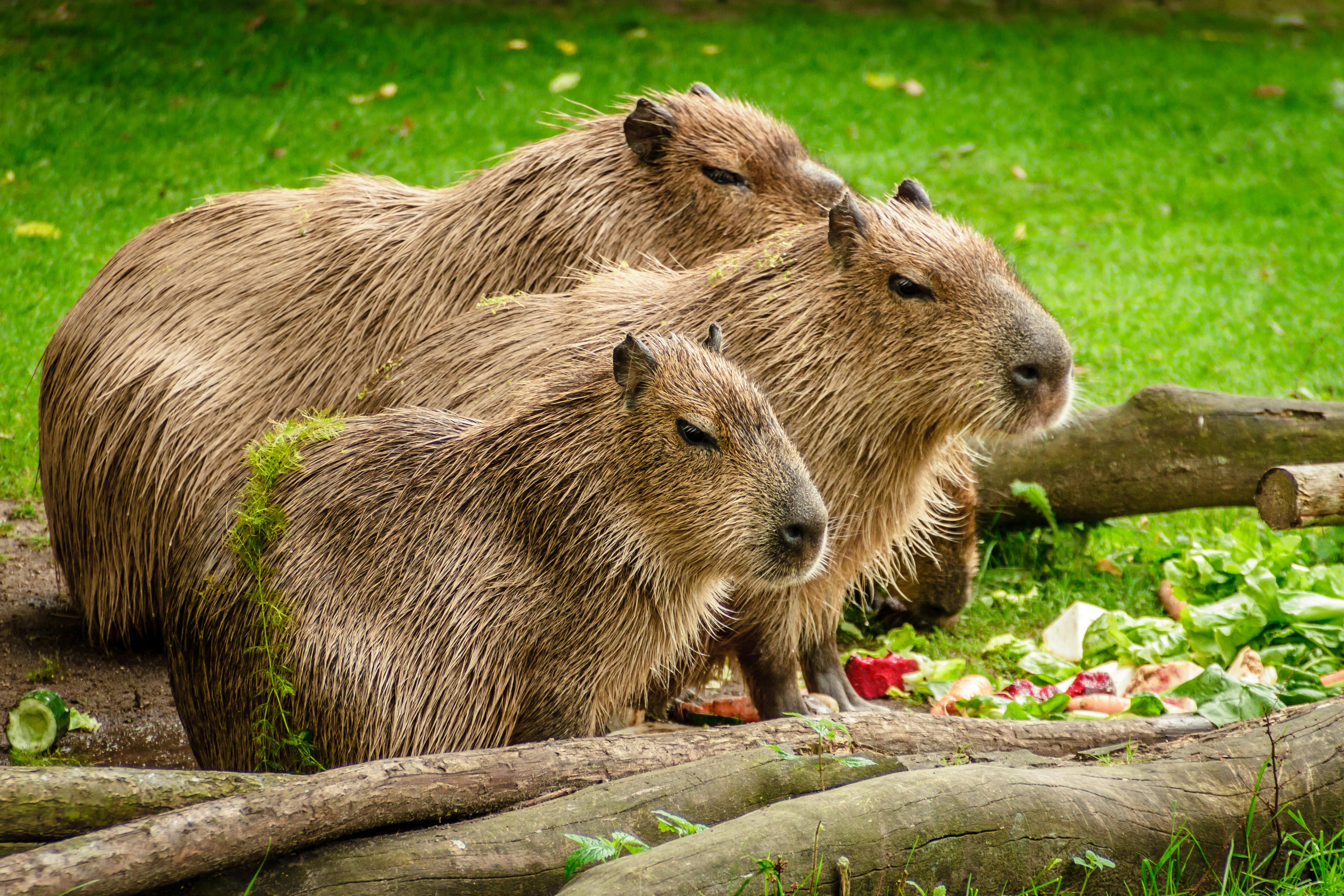The Intriguing World of Capybaras: South America's Gentle Giant
The world of pets and animals is filled with a myriad of species, each with its unique characteristics, behaviors, and lifestyles. One such fascinating creature is the Capybara, a semi-aquatic rodent native to South America. Known for their docile nature and peculiar appearance, Capybaras have garnered attention worldwide. But, what's the real story behind these gentle giants?

The Historical Context: Capybaras Throughout the Ages
Capybaras, scientifically known as Hydrochoerus hydrochaeris, are the world’s largest living rodents. They were first described by Carl Linnaeus, a Swedish botanist, in 1766. Capybaras are a significant part of South American culture, appearing in ancient folklore, arts, and even gastronomy.
In pre-Columbian times, indigenous tribes considered Capybaras as sacred animals. They were often represented in pottery, sculptures, and myths. In modern times, Capybaras are protected species in some countries, while in others, they are hunted for their meat and hide.
Current News: The Rise of Capybaras as Pets
In recent years, Capybaras have gained popularity as exotic pets in various parts of the world. This trend, however, is not without controversy. While they are known for their calm demeanor and social nature, Capybaras have specific care requirements that can be challenging to provide in a typical household.
Moreover, legal restrictions apply in many regions. For instance, in the United States, owning a Capybara as a pet is illegal in some states, while others require a special permit.
Capybara Care: Costs and Challenges
Keeping a Capybara as a pet is not a decision to be taken lightly. These animals require a significant amount of space, a diet rich in grass and water plants, and access to a large body of water for swimming.
The costs associated with Capybara care can vary widely, but it’s estimated that initial setup (including enclosure, diet, and veterinary care) can exceed $1,000, with ongoing costs for food and vet care adding up quickly.
In terms of market impact, the rising interest in Capybaras as pets has led to an increase in demand for specialized products and services, ranging from Capybara-specific diets to custom-built enclosures.
The Reality Behind the Capybara Trend
While the idea of owning a Capybara might be appealing to some, it’s essential to remember that these are wild animals. They have specific needs that can be difficult to meet in a domestic setting. Moreover, their social nature means they thrive best in groups, which further complicates their care as pets.
The trend towards exotic pets often overlooks these realities, leading to situations where animals are purchased impulsively and then abandoned when their care proves too challenging.
Appreciating Capybaras Responsibly
Capybaras are fascinating creatures with a rich history and unique characteristics. While they may not be suitable pets for most people, they certainly deserve our admiration and respect. The best way to appreciate these gentle giants is in their natural habitat, where they can display their full range of behaviors and live according to their own rhythms.
The intriguing world of Capybaras serves as a reminder of the diverse range of species that share our planet. By learning about and respecting these creatures, we contribute to a more informed, compassionate, and conservation-minded society.





